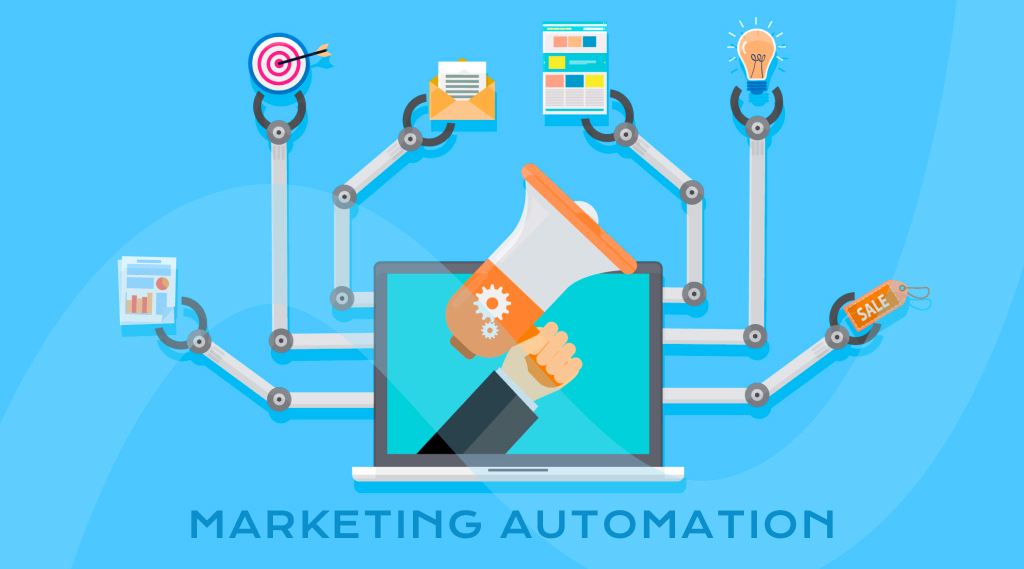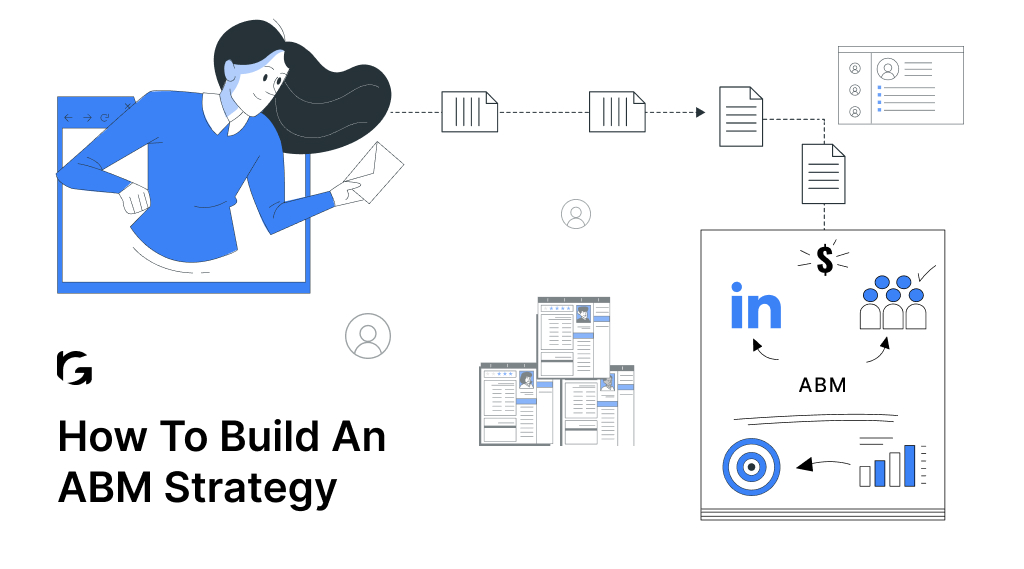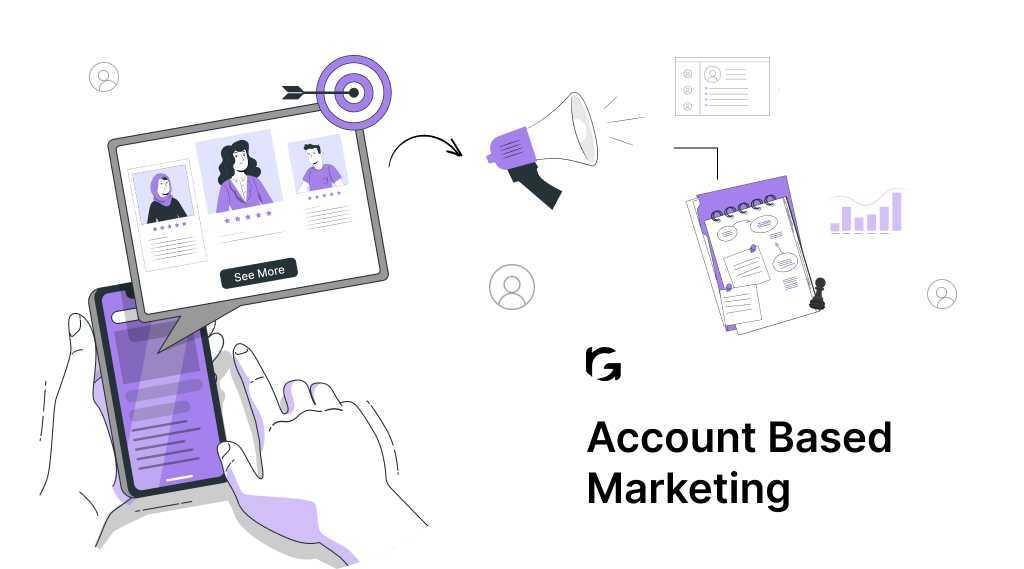Introduction:
When I first started at Revv Growth as a Growth Marketer, I found myself drowning in manual tasks. I was checking my emails daily for form submissions, then manually updating Google Sheets with lead names and information. It was a lot of repetitive work—imagine handling 50 form submissions a week! It felt overwhelming and time-consuming.
That’s when I realized I needed a change. I couldn’t keep spending all my time on these tasks. I decided to implement tools like Make.com to automate my workflows. Since then, I’ve automated countless tedious tasks at Revv Growth, saving me time and allowing me to focus on higher-value work.
In fact, a recent survey found that 61% of companies say implementing marketing automation can be challenging. But don’t worry, I’m here to help! Below, I’ll share some of the best practices that will empower you to automate your marketing workflows effectively, just like I did at Revv Growth.
Why is marketing automation important?
Using B2B marketing automation tools and strategies, you can send personalized content to potential customers. These tools also make it simple to manage email campaigns, social media posts, landing pages, and more.
If you want to improve your marketing in 2025, marketing automation has many benefits. It helps you to:
- Simplify and automate marketing tasks
- Offer a smooth, personalized experience to customers, leading to more engagement and conversions
- Shorten the sales process
- Develop prospects into well-qualified leads
7 Marketing Automation Best practices to Adopt in 2025
Let’s talk about the 7 marketing automation best practices that will help you get the most from your marketing efforts:
- Use Make.com or Zapier to Automate Your Workflow
- Leverage a CRM to Store and Manage Data
- Label All Your Automations Clearly
- Implement a Lead Scoring Model
- Email Warmups to Save Your Reputation
- Segment Contacts for Better Personalization
- Measure and Analyze Your Automation Performance
1. Use Make.com or Zapier to Automate Your Workflows
In 2025, connecting different tools and automating repetitive tasks is more important than ever. Platforms like Make.com and Zapier make it easy to automate your workflows by linking various apps without needing to code. Whether it’s triggering follow-up emails after a lead downloads a resource or automatically adding contacts to a nurturing sequence, these platforms enable seamless integrations. By leveraging automation tools, you can ensure that critical actions are happening in real time, boosting efficiency and productivity across your team.
Tip: Explore the variety of pre-built integrations these platforms offer, or build custom workflows that cater to your unique marketing needs, such as integrating your lead capture form with your CRM and email marketing platform.
2. Leverage a CRM to Store and Manage Data
A CRM (Customer Relationship Management) system is the backbone of marketing automation. It’s where all your customer interactions, data points, and lead activities should be stored and organized. In 2025, managing your data effectively with a CRM is not just a luxury but a necessity. Using a CRM allows you to automate contact management, track user behavior, and segment leads based on engagement. This improves the overall customer journey, enabling you to deliver the right messages at the right time.
Tip: Ensure your CRM integrates with your marketing automation tools, enabling real-time data syncing and efficient workflows that personalize your communication with leads and customers.
3. Label All Your Automations Clearly
As your automation processes scale, the complexity of your workflows will increase. It’s easy to lose track of different automation tasks if they aren’t clearly labeled and organized. Labeling your automations provides clarity for your team, ensuring that everyone understands the purpose of each automation and how it fits into the larger marketing strategy.
Tip: Use clear, consistent naming conventions for each automation. For example, label workflows based on their purpose like “Lead Nurturing,” “Welcome Series,” or “Product Demo Follow-up.”
4. Implement a Lead Scoring Model
In 2025, a one-size-fits-all approach to marketing and sales isn’t enough. Lead scoring is a critical component of marketing automation because it helps you prioritize and focus on the leads most likely to convert. With a well-defined lead scoring model, you can assess the level of interest and readiness of your leads, allowing you to tailor your outreach accordingly.
Tip: Assign points to various behaviors—such as email opens, form submissions, or webinar attendance—and use those scores to determine when a lead is ready to move to the next stage of your funnel.
5. Email Warmups to Save Your Reputation
One often-overlooked practice is email warmups, which are essential to preserving your sender reputation and ensuring high deliverability rates. In 2025, spam filters are more sophisticated, and inboxes are more crowded than ever. Warmup your email domain and IP addresses before sending high volumes of marketing emails to avoid being flagged as spam.
Tip: Use automated email warmup tools that gradually increase the volume of sent emails, simulating organic email activity, which helps your reputation stay intact and ensures your emails reach your target audience.
6. Segment Contacts for Better Personalization
The days of sending mass, one-size-fits-all emails are over. In 2025, segmentation is crucial for personalizing your communication and improving engagement. By segmenting your contacts based on demographics, behaviors, or engagement history, you can create more relevant and impactful marketing campaigns. Automation makes segmentation easy by allowing you to categorize leads and customers based on specific actions, interests, or needs.
Tip: Create dynamic segments that automatically update based on user behavior, ensuring your messaging is always relevant and timely.
7. Measure and Analyze Your Automation Performance
Marketing automation tools generate a wealth of data that can provide valuable insights into your efforts. Tracking the performance of your automated workflows helps you understand what’s working, what’s not, and where improvements can be made. Use analytics to measure open rates, click-through rates, conversion rates, and engagement metrics.
Tip: Continuously refine your automation processes based on the insights gathered. A/B testing different automation sequences, subject lines, or offers can help you improve your overall performance and ensure that you’re meeting your marketing goals.
FAQ
1. What is the best marketing automation?
The best marketing automation isn’t about specific tools—it’s about implementing systems that align with your business goals. Top performers share these characteristics: integration capabilities, customizable workflows, strong analytics, scalability, and user-friendly interfaces. Companies like HubSpot, Marketo, and Pardot offer robust solutions, but the “best” depends on your specific needs, budget, and team capabilities.
2. What are the marketing automation strategies?
I’ve implemented these strategies with consistent success:
- Lead scoring and nurturing
- Behavioral triggers
- Customer journey mapping
- Account-based marketing
- Cross-channel coordination
- Data-driven personalization
- Testing and optimization
3. What is the biggest obstacle to marketing automation?
Poor data quality is the number one killer of marketing automation success. Other major obstacles include siloed systems that don’t communicate with each other, lack of strategy before implementation, insufficient training for marketing teams, unrealistic expectations about immediate results, and neglecting the human element in customer relationships.
Wrap up
These are the best marketing automation tips to help guide your strategy. If you want to simplify your marketing automation, Reach out to us, and let’s see how we can help boost and streamline your inbound conversion.
With our comprehensive marketing automation services, we can assist you in optimizing your marketing efforts.



